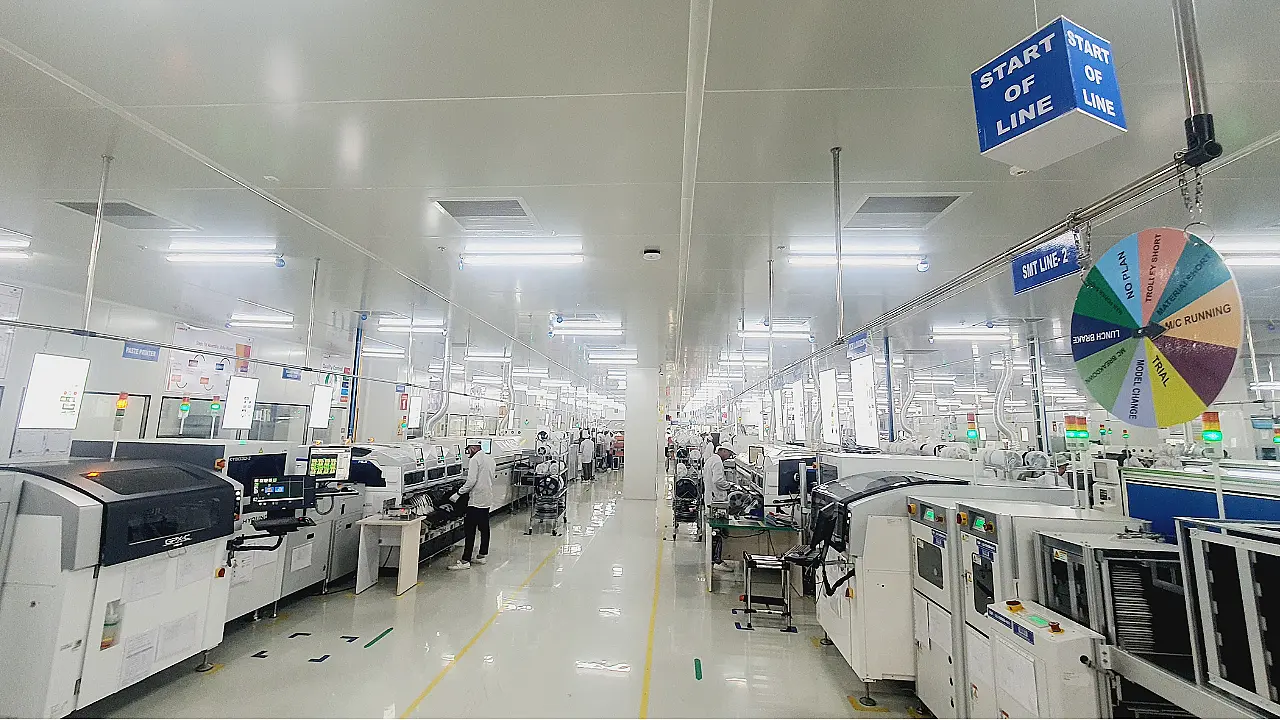
In a bid to stay afloat with the new trend of LED and projector headlamps, Lumax, one of India’s biggest suppliers of lighting solutions, has invested INR 100 crore in developing a new manufacturing facility.
This venture aims to design and manufacture automobile components that are electronic in nature, as the world is rapidly moving towards electric- and hybrid vehicles, which require automakers to equip vehicle models with electronic essentials like headlights and accessories infotainment systems that do not consume much power. This is because the automakers want to ensure maximum range for every vehicle they sell. Something which is only possible when certain vehicle elements, including headlamps and taillamps, do not consume much power and yet can provide more than enough lighting for the drivers.
“The trends of what kind of lighting solutions automakers empower their vehicles with are changing. New-age vehicles demand lightning solutions that consume less power but perform better than conventional solutions. This facility is the first of many which will focus on designing and developing such electronic components for auto OEMs,” Vineet Sahni, Group CEO, Lumax, told Mobility Outlook in an interaction.
A report by Credible Estimates has forecasted the worldwide automotive LED lighting market to reach a valuation of $ 15.37 billion by 2027 from $ 8.09 billion in 2020. For the uninitiated, an LED automotive light is considered an electronics component because it houses a PCB, whereas a halogen light is regarded as a conventional automotive component as it does not require a PCB to be operational.

Electronic Components On The Rise
The group, which has been supplying lighting solutions to auto OEMs for decades, feels that the requirement for electronic components for the vehicles is increasing. As of today, the majority of Lumax Group’s revenue (70%) comes from selling conventional automobile components. The company’s internal report forecasts that the revenue share between electronics and conventional components will be around 50:50 within the next five years.
“We did not follow any external report to take the decision of investing INR 100 crore for building this new facility. The decision has been taken on the basis of an internal report that was worked upon by the Lumax Group,” pointed out Sahni.
This study, as Lumax Group informed, was done in collaboration with various of its clients. The group provides solutions to the likes of Suzuki, Mahindra, Tata, Audi, Hero, TVS, Bajaj and various other leading automakers in India. Sahni affirmed that the ratio of electronic and conventional components sales will reverse what it is today in the next seven-eight years.
It is worth noting here that Lumax Group had already reached more than 90% localisation levels for the conventional electronic components it manufactures. Moreover, the group has once again started localising new-age electronic components and has achieved close to 25%. Therefore, Sahni is hopeful that the group will achieve majority localisation within five to seven years from now.
“As the requirements are changing towards new technology, we have started localising the new components as well,” he said, adding that the localising initiative has been, right from the beginning, a customer push as well,” noted Sahni.
Lumax, right now, has no plans of exporting anything from India. The company sees India as offering an ample opportunity and wants to focus on the local market. Moreover, as Sahni pointed out, the company is not focusing on the aftermarket and is inclined towards the OEM business.

One Surface Mount Technology (SMT) Line Every Year
The new plant in Bawal, Haryana, has been set up as the centre of excellence for designing, developing and manufacturing electronic components. Sahni believes that Lumax’s new plant will be able to serve the needs of all its plants in the coming years. The group manufactures PCBs for its components here, which then are sent to different plants for integration with the rest of the components.
“What we manufacture here is part of a bigger product. If there was no electronic element, there would have been no need to invest. A headlamp without an electronic element like a PCB would not have required such a plant. We need this plant for solutions that require electronic elements,” added Sahni.
Equipped with SMT lines consisting of imported machines, the new Lumax plant is about 90% automated. The management sees automation as an essential ingredient for ensuring that the quality of the products is not compromised. The company, at the moment, has plans of adding one SMT line every year for the next four years. Lumax Group has also invested in setting up a training school for its employees at the new plant.
“We only hire diploma holders here. Once hired they are inducted into Gurukul, our training school, for a curriculum designed by experts working on these machines. The new recruits are only allowed to be on the shop-floor once they pass the tests based on the curriculum we have designed,” pointed out Sahni.
The company has 270 professionals focused on R&D at its Gurgaon office. These professionals work in sync with its R&D located in the Czech Republic. Lumax Group has 33 manufacturing facilities located across eight states in India.
“We are not adding any new products to any of the categories at the moment. The focus is on growing and updating the existing line of products. Lighting, telematics and gear shifters are our focus at the moment,” Sahni concluded.